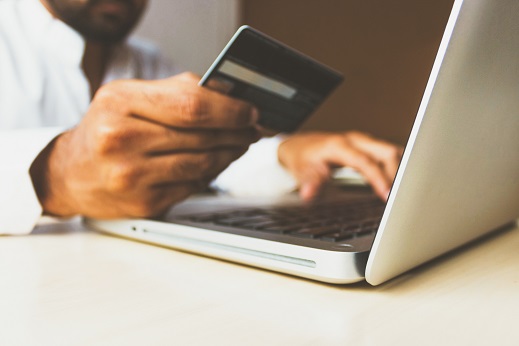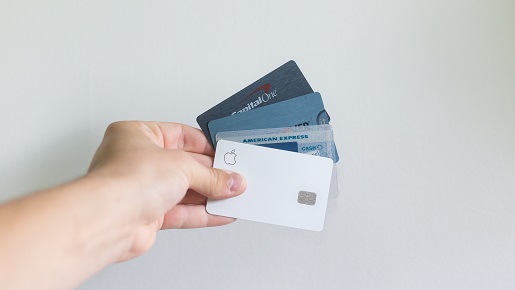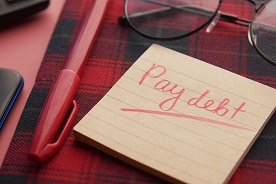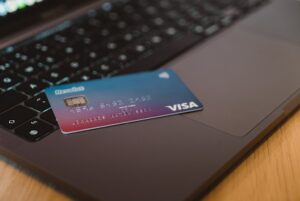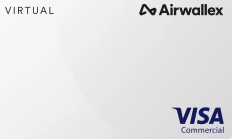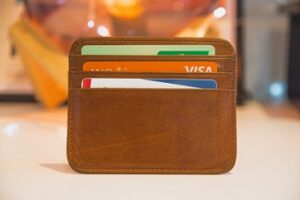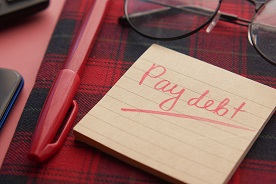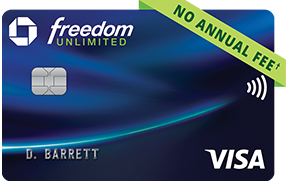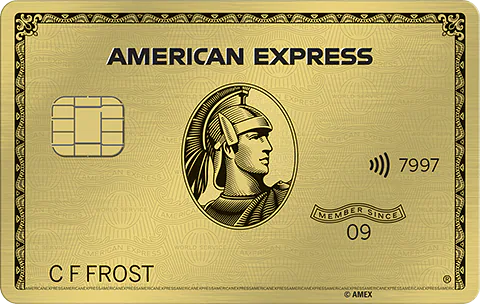Are you looking for a guide on how to select best credit card for yourself? We bring you our expert question base guide to select the best credit cards in 2023.
If anyone looks in their wallet, they will easily find 5-8 credit cards. Everyone is just obsessed with these plastic shiny cards. The United States of America has one of the highest credit card ownership. We have more than 900 million credit cards outstanding in 2022. On average, every adult American owns 5.5 credit cards. We also carry huge trillions of US dollar balances on our credit cards.
People select a new credit card for a number of reasons!
Reasons to select best credit card
- They may see great rewards from the card
- Looking to build credit score over time
- Using credit cards to revolve money before a paycheck arrives
- The convenience of using cards against carrying cash
- Traveling for pleasure or business
- Spending on business spends which will get reimbursed in some time
Whenever you face the choice of selecting one more card, how do you select it? Do you choose the card rationally? Do you select a credit card because you need to have it? Or you are too polite to refuse a pushy salesman at a checkout counter. Whatever triggers you, always do a thorough analysis before selecting a credit card. Do not let your emotions trump your financial goals by getting into the trap of too many cards.
Whenever a person applies for a credit card, the credit card agency does a hard pull on the credit score. This affects a person’s credit score negatively. Too many open credit cards also affect the credit score. Also, it’s practically difficult to manage too many credit cards.
So, if you have decided to go for a credit card and are sure of it. We have listed some of the below criteria to help select you a credit card easily. Ask yourself the below questions to narrow down the credit card.
What are your needs for a credit card?
You should, first of all, identify the need for a credit card. Is the card going to be your primary card or you are choosing a secondary card? Members should always be sure what the primary use of the credit card they are applying for is. Do not apply for a credit card at the insistence of a sales representative or a friend.
Select a card on the basis of its merit. If you are looking for a rewards credit card. Select one of the best rewards credit cards. Frequent travelers should opt for travel focus credit cards. They can select co-branded cards from airlines or hotels. These credit cards offer rewards favoring travelers. For example, access to airport lounges, free check-in luggage, priority boarding, early check-ins, and late checkouts at hotels.
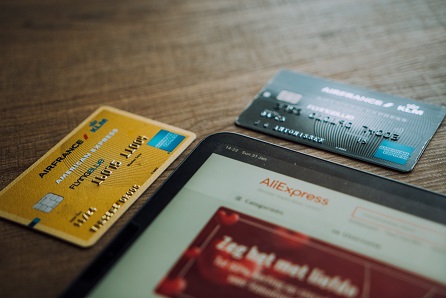
If a person shops from a specific retailer, they should select the credit card from them. This would help them in maximizing rewards from the chain of these retailers. This can also help them with other benefits like free shipping, extended returns, or exclusive access to discounts. Read more to know the best credit cards from retailers.
Identify your credit score to select best credit card
It’s good to start from the basics, what is your current credit score? Members may want to build their credit or they may look to select one of the best credit cards to build their credit score. Read on to know more about improving your credit card score here.
Students may opt for Student credit cards. These are specially designed for students registered in a US university or school.
Top rewards cards or some of the premium credit cards require a high or excellent FICO score. It is best to apply for these credit cards only when you have a such high credit score. They easily reject people with a fair or average credit score.
Card members should monitor their credit scores regularly. They can either get a free credit score from their credit card. Or they may access free reports once a year from all three credit rating agencies viz. Experian, Equifax, and TransUnion. They can also access free credit score copies from AnnualCreditReport.com. This is a federal government-controlled site that provides consumers with access to a free copy of their credit reports each year. The reports are available from all three credit bureaus.
What is your typical credit card use?
The market is full of all sorts of credit cards. Always select the credit card which helps you in the best possible way. The card should add value to the user and should help with their financial goals. Adding a credit card should not add worries. Also, it should not increase your debt levels.
Students or credit-building adults
Students or credit-building adults could opt for secured credit cards. These credit cards take a security deposit and provide a credit limit. The credit limit is equal to the security deposit. Once you start paying back for the payments, the bank will report the payments to the credit bureaus. This will help in building the credit score of the member.
Everyday purchases
Rewards credit cards are best for everyday purchases. These everyday purchases may include groceries, gas, utility payments, streaming services, internet, and other online or in-store shopping. Reward cards offering cash back either directly in form of statement credits or points are best bets for such purchases. Rewards credit cards should always be the primary card to maximize rewards and value.
Balance transfer or 0% APR credit cards
Cardmembers with a balance on their credit card can look to opt for balance transfer credit cards. These credit cards provide better APR and lower interest outgo. Similarly, 0% APR credit cards offer introductory offers on new purchases or balance transfers. They could be excellent instruments to reduce overall interest outgoing by taking advantage of intro offers.

How much does this credit card cost me in fees?
Credit card charges a number of fees. For instance, annual fees, balance transfer fees, APR on outstanding balances, and late payment charges. They may also charge access fees for using certain services. Normally, credit cards also charge international transaction charges. These are currency conversion charges for using the card outside the USA.
Users should be aware of various fees applicable to their cards before applying for the same. Check the credit card issuer’s website to know the applicable fees. Also, check the rewards offered by the credit card. Some rewards are introductory and available one-off. Don’t be lured by such one-off rewards. Look for the overall value offered by the credit card.
What are the signs to avoid a credit card?
Sometimes not doing something is better than taking the step. Do not apply for a credit card and look for the following signs.
Accepting a credit card because your friend has recommended it. No harm in taking advice from a loved one. But do your own due diligence. Your financial situation, goals, and paying capacity might not be the same. Applying for a credit card with a $400 annual fee doesn’t make sense. The prime feature of the card may be access to Golf courses. Unless you play golf or visit golf courses doesn’t make sense for you.
If you already have several credit cards. Do not add more credit cards. Close the existing credit accounts before opening a new one. Credit card companies take a negative view to too many credit cards. They consider sucha person at ta risk of default. Also, utlize the limit of your credit cards judiciously. Keep the utilization ratio of the credit cards to below 30%.
Have you got the shiny new card? What Next?
Once you have got a credit card in your hand, always enable the SMS or app notification of the credit card provider. This will ensure that you are using your card safely and you get notification is any unauthorized charge is made on the card.
Always pay the balances on time and in full. Monitor the credit report periodically, for any change. A healthy financial life is important to keep up your mental health.
